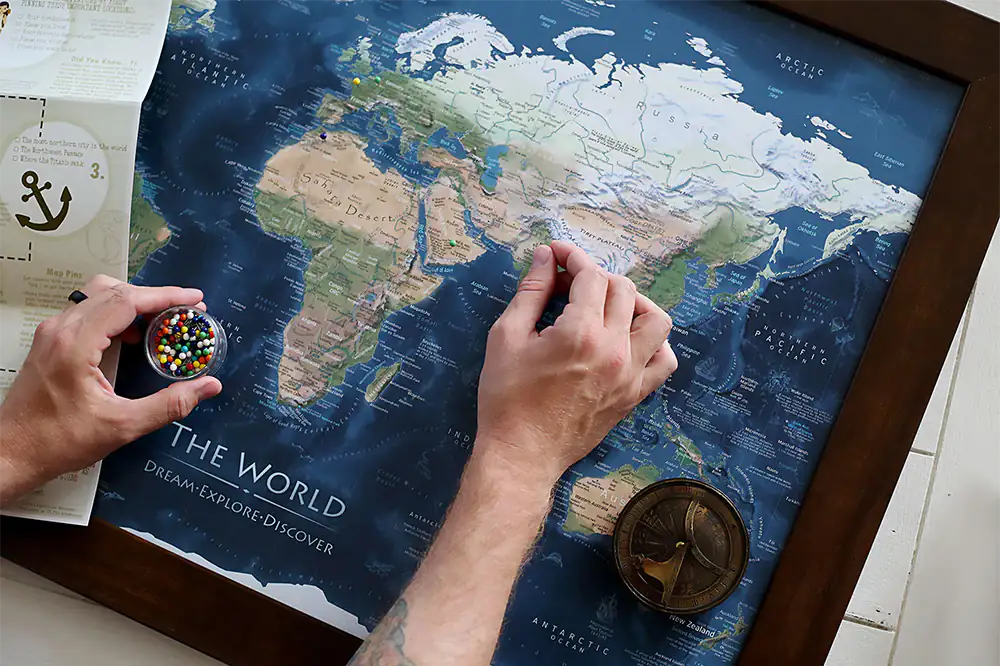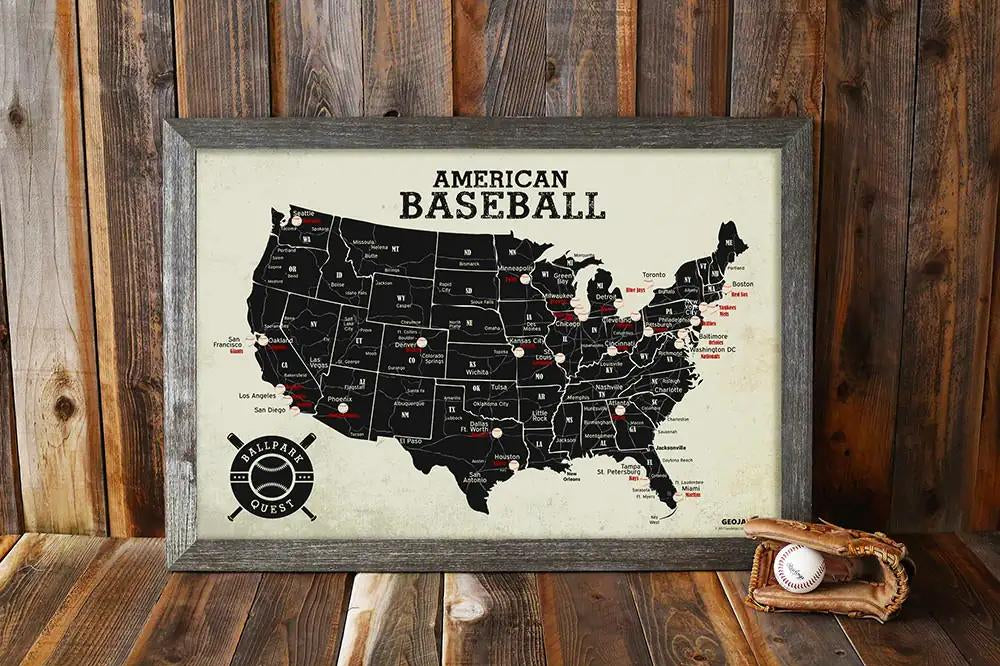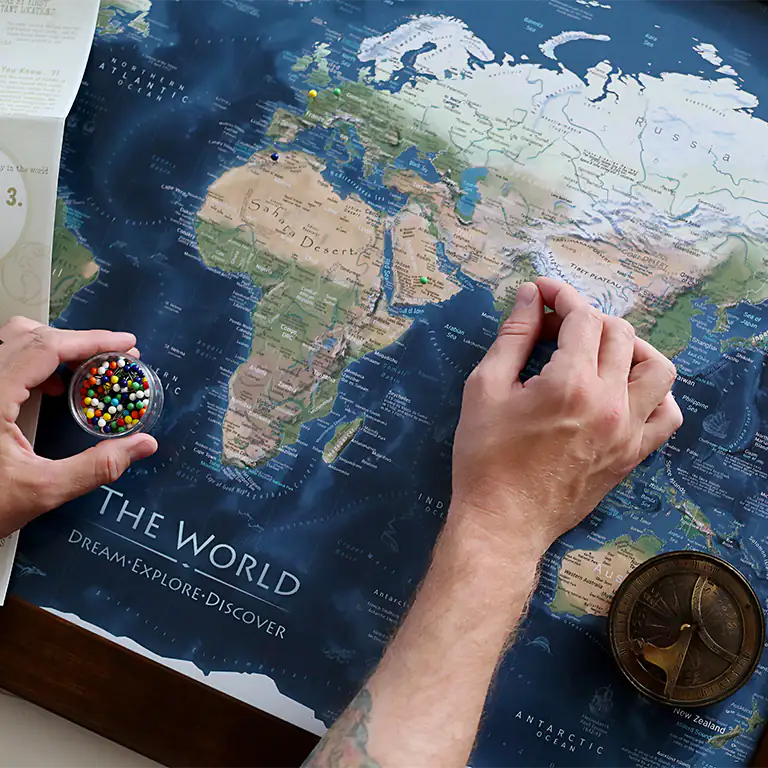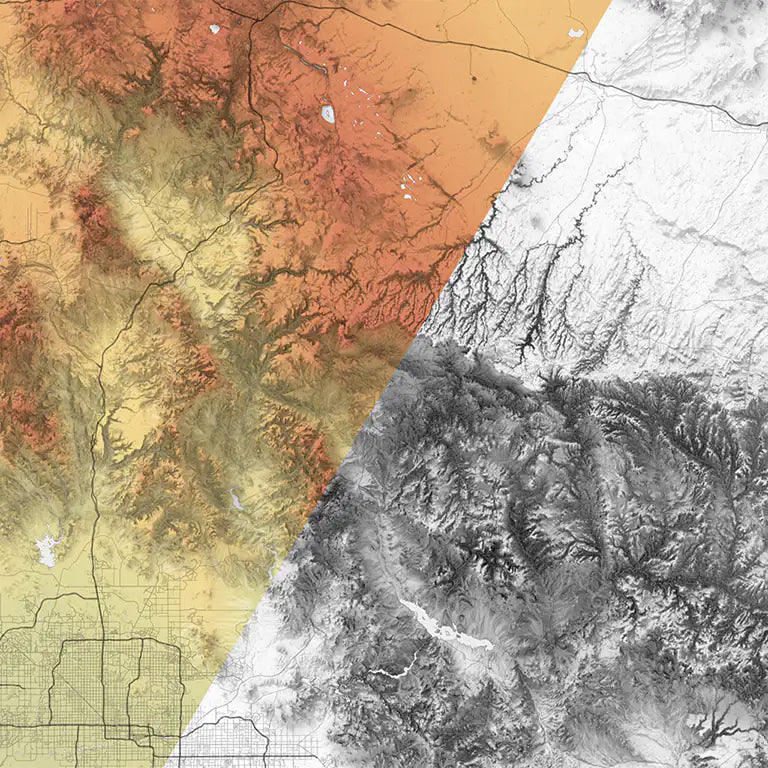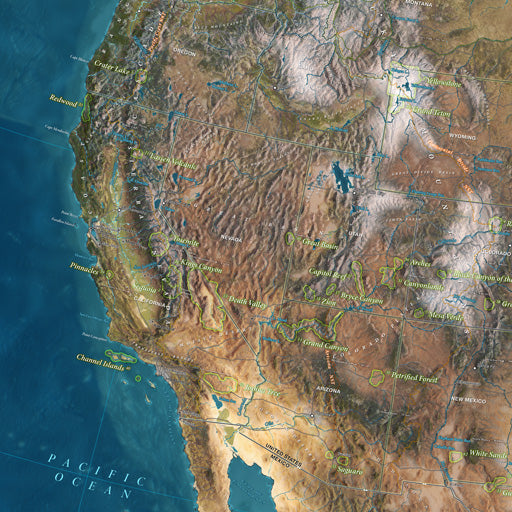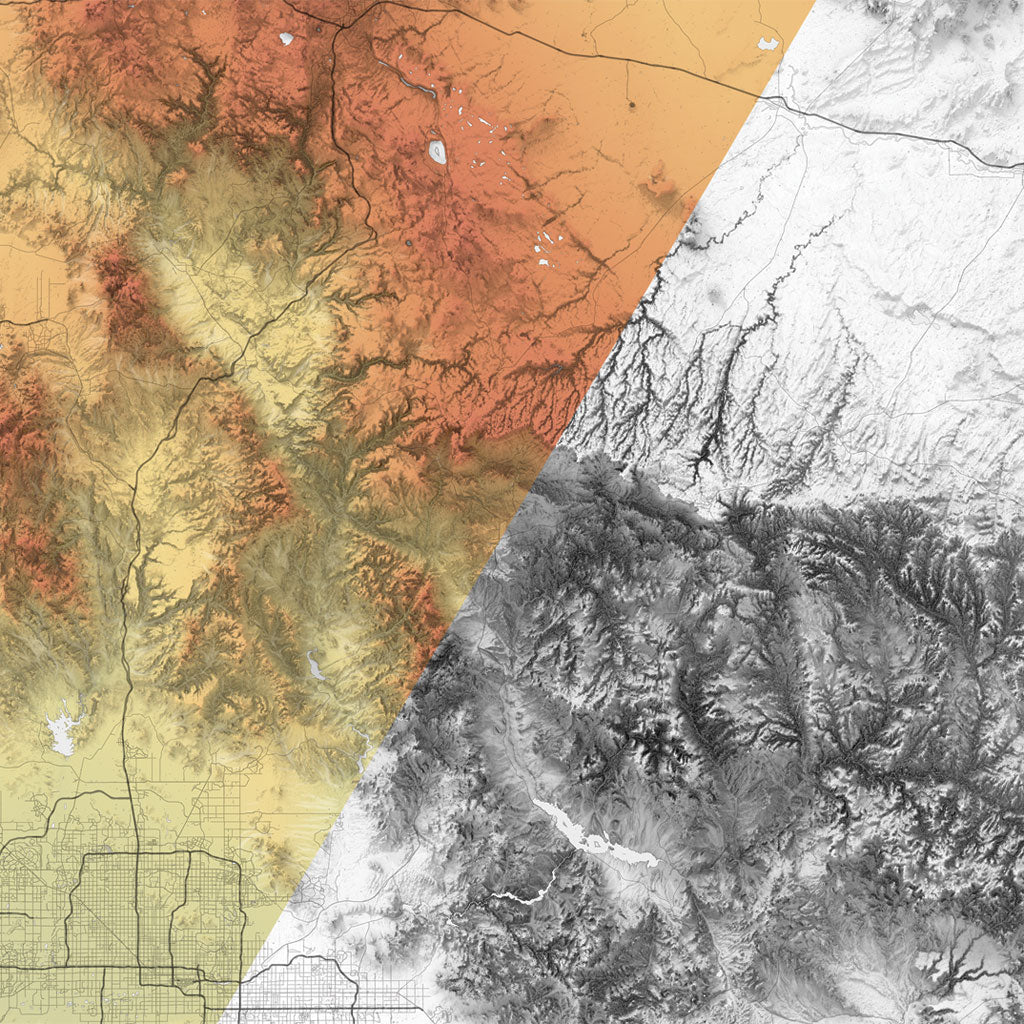The 1850s marked a critical period in the history of Hawaii, as the islands navigated significant political, economic, and cultural changes, all while facing increased Western influence. This decade saw the continuation of Hawaii's transformation from a sovereign island kingdom to a more interconnected and complex entity.
At the beginning of the 1850s, Hawaii was still ruled by King Kamehameha III, who played a key role in the islands' political and social developments. The Hawaiian monarchy had established diplomatic relations with several foreign powers, including the United States, Great Britain, and France. These relations allowed for the establishment of trade agreements and treaties, contributing to Hawaii's economic growth and international presence.
Economically, the 1850s were a time of transition for Hawaii. The islands' traditional agrarian economy, based on activities like agriculture and fishing, continued to play a significant role. The cultivation of sugarcane and the production of sugar, however, were becoming increasingly important economic drivers. The booming sugar industry attracted foreign investment and labor, particularly from China, Japan, and Portugal, leading to an influx of immigrant workers.
The 1850s also witnessed the arrival of Protestant missionaries and Christian missionaries from various denominations. These missionaries played a significant role in shaping Hawaii's education system, language, and culture. They established schools and introduced a written form of the Hawaiian language, which previously only existed as an oral tradition.
Western influence and the spread of Christianity also brought about changes in governance and law. In 1852, Hawaii established its first formal constitution, known as the "Bayonet Constitution," which shifted power from the monarchy to foreign and local business interests. This constitutional change reflected the growing influence of foreign powers, particularly the United States.
Political tensions and shifts were a defining feature of the 1850s in Hawaii. The monarchy was caught between maintaining its sovereignty and dealing with the pressures of foreign powers seeking economic and political advantages. This complex geopolitical landscape culminated in the signing of the Reciprocity Treaty with the United States in 1854, which granted favorable trade terms to Hawaii in exchange for strategic U.S. naval access to Pearl Harbor.
By the end of the 1850s, Hawaii was grappling with the changes brought about by Western influence, economic transformations, and shifting political dynamics. The decade laid the groundwork for the events that would follow in the 1860s and beyond, ultimately leading to Hawaii's annexation by the United States in 1898.
In conclusion, the 1850s were a transformative period in the history of Hawaii, marked by economic shifts, political changes, and the impact of Western influence. The islands' transition from a traditional agrarian society to a more interconnected and complex entity set the stage for future developments that would shape Hawaii's destiny as an integral part of the Pacific region.

